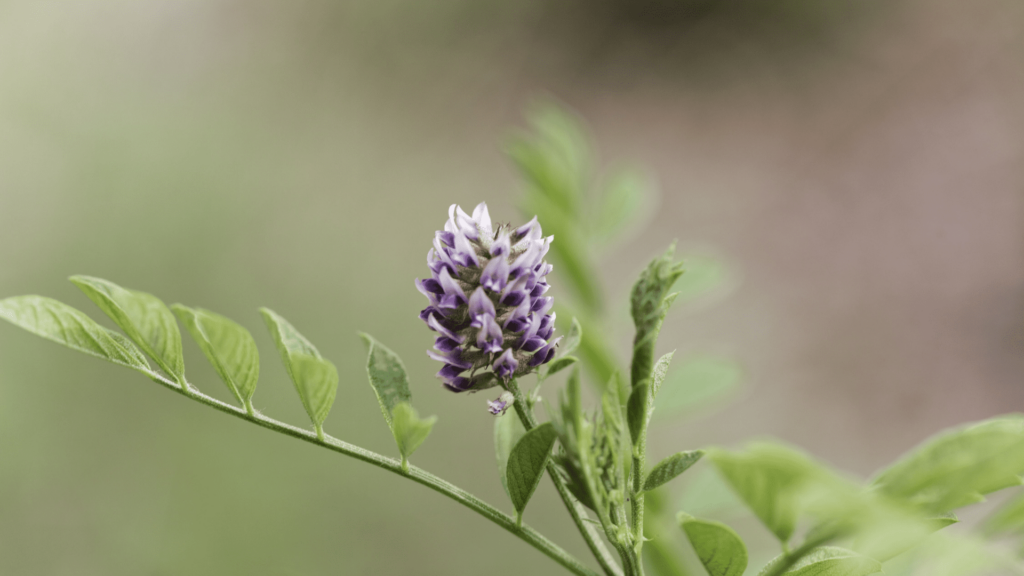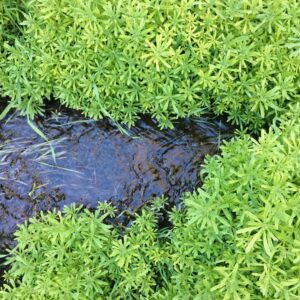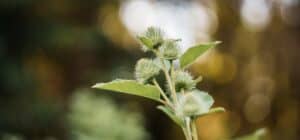Licorice is likely one of the most commonly used herbs across the world because it has such a wide range of effects and ways it can be used.
Despite its popularity, there are contraindications that are often overlooked. This herb can increase blood pressure in both healthy and vulnerable populations. However, by understanding its effects on the cardiovascular system and how to use it safely, you can use this herb confidently in your herbal practice.
In today’s blog post, you’ll learn about:
- The medicinal benefits of Licorice in a formula or by itself
- The side effects and contraindications of Licorice
- The difference between standard and deglycyrrhizinated Licorice
- How to safely dose with this herb
- Traditional methods for using Licorice
Table of Contents
Whether it’s in the form of candy, a box of tea, or a tin of lozenges, Licorice (Glycyrrhiza glabra) is a humble herb that has made its way into many homes; and for good reason. Licorice has a wide range of medicinal applications: from the respiratory system, digestive system, and hormonal health, as well as acting as a moistening agent to harmonize herbal formulas that would be otherwise too drying.
Favored around the world and used extensively in Ayurveda and Traditional Chinese Medicine, Licorice has migrated towards the west and into the heart of the modern western materia medica.
Unlike some herbs, like Nettles (Urtica dioica), which can be used heavy-handedly without harm, Licorice is an herb that requires greater precision when determining its indication as well as dose. Used safely, it can elevate and potentiate the formulas you use for yourself and your loved ones. However, used mindlessly, it has the potential of yielding harmful cardiac effects that feel distressing in the least and can be downright dangerous for those who already face cardiovascular health challenges.
This herb is not one to fear, but rather to be understood so that you use it safely and effectively in your practice.
Instead of leaving your jar of Licorice untouched in the cupboard, increase your knowledge and brush off the layer of dust that has settled upon the lid. You’re about to learn how to use Licorice safely in your herbal practice.
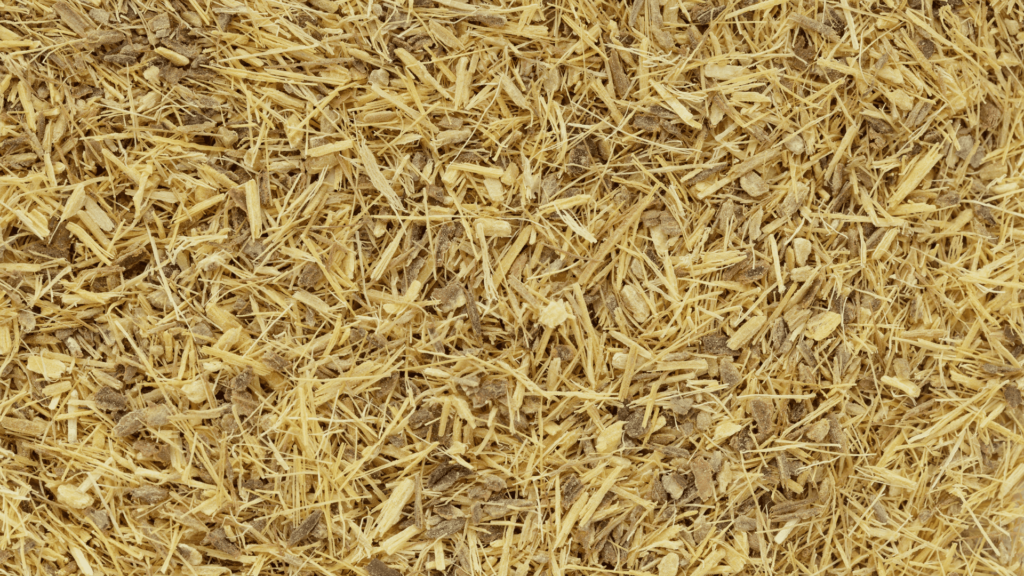
Benefits of Licorice
Licorice can be used in three primary ways when combined with other herbs.
With its sweet and unmistakable flavor, this herb can be used in blends to mask other less-than-desirable tastes to make it more palatable. This shouldn’t be an overlooked property, as it can drastically improve client compliance with your formulas. Aside from flavor, Licorice contributes moistening qualities, which can balance herbal formulas that might otherwise be too drying on the body. This is an important property as a majority of herbal medicines tend to have drying effects. Lastly, Licorice facilitates in harmonizing herbal formulas by encouraging synergistic actions between the herbs in the blend.
Like a friend who’s adept at connecting people at a party, thereby encouraging a smooth-flowing environment, Licorice assists in improving the relationships between each herb in a formula, so they work better together as a larger whole.
Although Licorice combines well with other herbs and is rarely used by itself in Traditional Chinese Medicine, it can be used alone as well. With its demulcent, moistening, and cooling qualities, it assists in alleviating pain or discomfort related to hot, inflamed, irritated, or dry tissue states. With an affinity for the throat and GI tract, Licorice tea or lozenges soothe the mucosal lining and reduce inflammation, which produces an environment conducive for healing. For example, drinking a Licorice decoction or infusion can assist in treating gastric ulcers and heartburn when a flare-up occurs. By getting symptoms under control, you can begin working on the root sources that might be fueling such responses in the body. As an adaptogen, Licorice is theorized to replenish the adrenal glands by extending the half-life of cortisol, thereby resulting in decreased cortisol production.
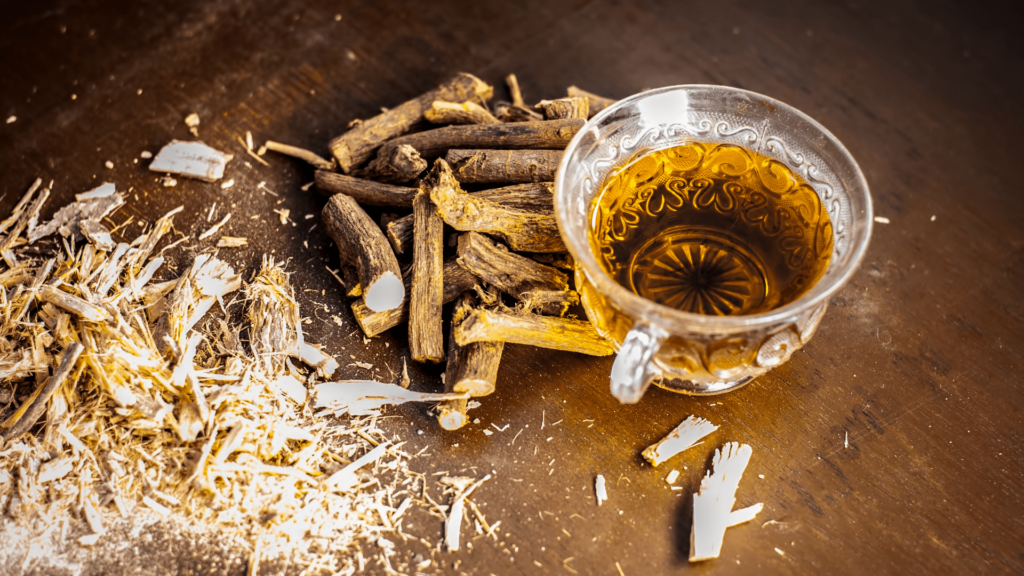
Contraindications and How to Use Licorice Safely
Licorice contains a collective of triterpenoid saponins called glycyrrhizin, which are responsible for the intensely sweet taste (50x sweeter than sucrose!) and many of the medicinal properties. However, there is the possibility of increasing blood pressure, as glycyrrhetic acid (one of said saponins) has a mineralocorticoid action. This means it can lead to sodium reabsorption in the kidneys, leading to high blood pressure, hypokalemia (low potassium), edema, headaches, and water retention.
Because of this effect, it’s prudent to avoid taking Licorice by itself or in blends if you have high blood pressure, are on medication for high blood pressure, or face other cardiovascular challenges. Additionally, this herb is not recommended if you have kidney or liver conditions. If you want to use Licorice, speak with your physician about using it in its deglycyrrhizinated form (DGL).
If you don’t fall into any of these categories, you can safely use Licorice in your practice. However, there are still safety precautions worth implementing to ensure your short and long term health. The typical recommended dosage is not to exceed 3 grams a day and should not be taken consistently for longer than 6 weeks. If you ever do experience the side-effects of Licorice, simply discontinue its use and they will subside.
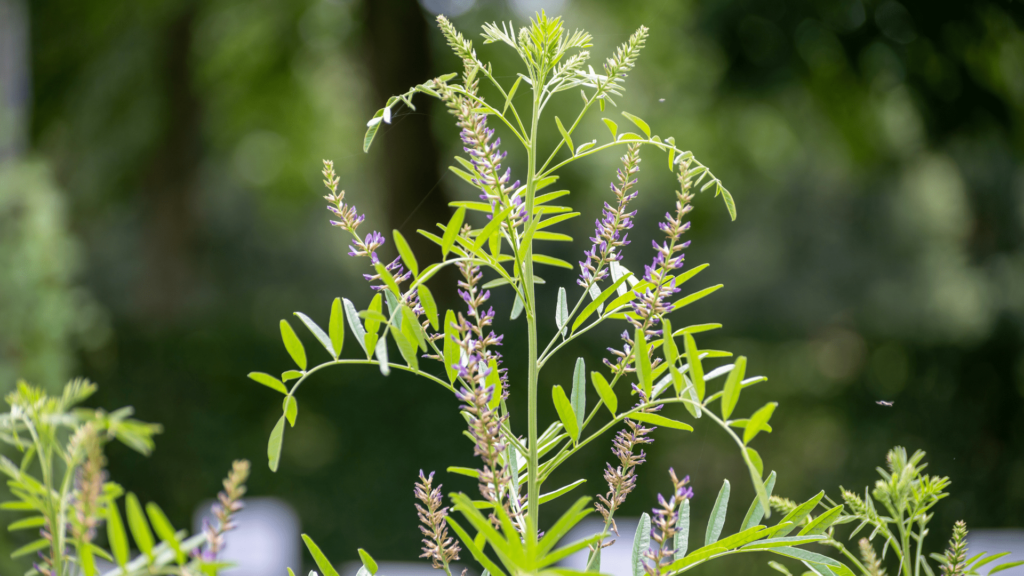
Use Deglycyrrhizinated Licorice (DGL)
If you feel uncomfortable using Licorice because of its glycyrrhizin content or you simply want to be cautious in your practice, you can use deglycyrrhizinated Licorice (DGL) extracts and products. Deglycyrrhizinated Licorice has had the glycyrrhizin constituent removed, making it a safer option to use if you intend on using higher quantities of Licorice or want to take it for prolonged periods of time.
Adopt the Microdosing Method
There are herbs you might use generously in your practice, sprinkling into your smoothies, soups, and stews, such as Chickweed (Stellaria media). However, there are others, such as Lobelia (Lobelia erinus), where you might meticulously count the drops of tincture as they fall upon your tongue.
Licorice is an herb you may not need to be as careful with as Lobelia. However, it might be helpful to adopt a lens of microdosing when you use Licorice. For example, using less than you think you need, starting slow and building up, and viewing how your body responds to each amount. Generally when using Licorice in formulas, I’ve found that no more than 10% of the formula is a sufficient amount, especially if using it as a synergist to prevent the formula from being too drying.
Even if using Licorice in this fashion seems a bit precautious, it can assist you in using this herb thoughtfully, which will ultimately lead you to the health benefits you seek.
Tradition as Teacher
You can learn a lot about how to use herbs effectively by studying how they’ve been used traditionally.
Although there are scientific studies that illustrate the effects glycyrrhetic acid has on blood pressure, it’s interesting to note that traditionally it was primarily used in low amounts and often in combination with other herbs; a practice especially seen in Traditional Chinese Medicine. When formulating herbal blends, it’s helpful to keep this in mind, using 5-10% of Licorice in your formulas or taking low doses when used by itself.
Science can prove conjecture right or wrong, but tradition can assist us in learning how to use herbs safely whether or not studies have been conducted on a specific herb yet.
When using herbs to support your health or the health of a loved one, the last thing you want is for good intentions to culminate with poor health consequences. By understanding when it’s best to avoid using Licorice and how to use it safely in your practice, you have the tools you need to confidently employ this remedy along with the rest of your materia medica.


